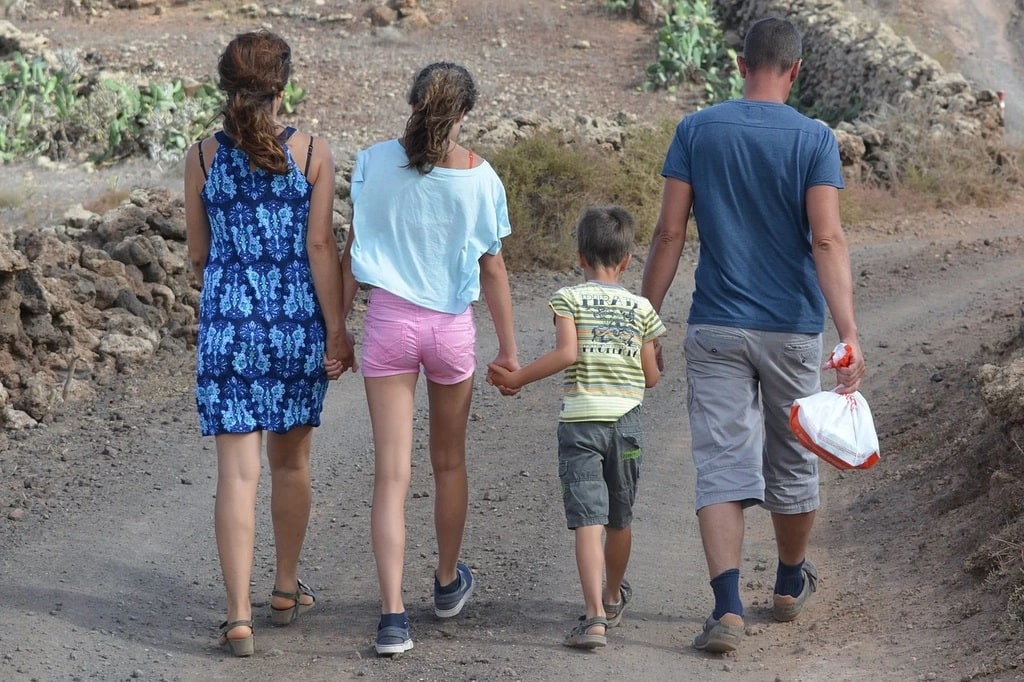Traveling with kids can be a truly rewarding experience for the entire family. However, it often comes with its own set of challenges that may require a bit of planning and creativity. With the right approach, it is possible to transform what might feel like a complicated endeavor into a fun and smooth adventure that everyone can enjoy. By focusing on strategies that cater to the needs and interests of children, travel becomes more enjoyable, leaving lasting memories for all involved.
Making family travel fun and stress-free
When planning a trip with kids, one of the most effective ways to ensure a positive experience is by involving them in the process. Children are naturally curious, and by including them in discussions about destinations, activities, and routes, they will feel more engaged and excited. Providing kids with a sense of ownership over the trip can turn potential stress points into opportunities for shared excitement. Additionally, packing wisely, creating realistic schedules, and maintaining flexibility are essential for creating a trip that balances relaxation and discovery.
To make the most of family travel, it is also helpful to choose child-friendly destinations. While major cities often have museums and parks, destinations with nature activities, interactive exhibits, or theme parks tend to be more engaging for younger travelers. Identifying key attractions and scheduling downtime in between activities will keep the pace manageable and enjoyable.

Planning for travel time
Long car rides, flights, or train journeys can be a significant source of boredom and restlessness for children. To tackle this, it is beneficial to prepare a variety of activities and snacks beforehand. Packing small toys, coloring books, or puzzles can keep children entertained for extended periods. Additionally, allowing them to choose some of their own travel items can help them feel more involved. While screen time can be a useful tool for longer journeys, balancing it with other activities like storybooks or interactive games is key.
Breaks are equally important during travel. Scheduling regular pauses to stretch, explore a rest stop, or enjoy a quick snack can refresh both adults and children, preventing irritability from setting in. Keeping the mood light and flexible during travel time will help children adapt to the environment and stay positive.
Ensuring comfort and safety
Comfort and safety are the foundation of a successful family trip. Making sure that kids have comfortable clothing, blankets, and familiar items like favorite toys can ease transitions, whether it’s from car to hotel room or plane to new destination. When traveling with toddlers or infants, planning around their sleep schedules and bringing items that recreate a sense of home will aid in reducing discomfort.
Safety considerations are just as essential. Ensuring that every child has identification and contact details in case of separation is crucial. Creating a clear plan and communication strategy for handling busy areas or unexpected events can prevent confusion and stress.
Creating engaging experiences
Trips are most memorable when they are filled with unique and engaging experiences. Children thrive on exploration, and adding a mix of educational, interactive, and purely fun activities can cater to their natural curiosity. Consider incorporating visits to local zoos, science centers, or historical sites with special programs for young visitors. Short hikes, treasure hunts, and other outdoor activities can also be an excellent way to combine exercise with excitement.
To sustain engagement throughout the trip, aim to include a variety of activities that appeal to different age groups. This will allow older children and younger siblings to find enjoyment together. Additionally, keeping a balance between structured plans and spontaneous adventures adds a layer of excitement, making the trip feel like a real adventure for everyone.
Practical tips for traveling with children
Here are a few practical tips to consider when traveling with kids, regardless of the destination :
- Pack extra snacks and drinks: children can become hungry at unexpected times, so having nutritious and easy-to-carry options is essential.
- Bring a first-aid kit: bandages, antiseptic wipes, and medications should always be on hand to handle minor injuries or ailments.
- Include entertainment options: books, toys, and electronic devices should be prepared in advance to help pass time during travel or while waiting.
- Create a travel checklist together: this allows children to take part in packing, ensuring nothing essential is forgotten.
This list can serve as a reference point, making the preparation process smoother and less stressful.
Balancing exploration and relaxation
While the thrill of discovery is a key part of family travel, making time for relaxation is equally important. Children, especially younger ones, may not be able to maintain the same level of activity as adults. Ensuring that breaks, nap times, and quieter moments are incorporated into the itinerary will help prevent exhaustion. Including activities that promote relaxation, such as a picnic in a park or a leisurely boat ride, provides a much-needed break from sightseeing.
This balance will also contribute to better moods and more positive experiences, leading to fewer conflicts and more smiles. An environment where both excitement and relaxation are present is ideal for sustaining everyone’s energy levels and ensuring a truly enjoyable trip.
Final thoughts for a smooth family travel experience
In the end, the success of a family trip largely depends on understanding the unique dynamics of traveling with children. Maintaining flexibility, planning for both the expected and unexpected, and ensuring that the needs of all family members are met are the cornerstones of a smooth journey. By keeping a light-hearted attitude and focusing on shared experiences, family travel can become a treasured tradition that everyone looks forward to, year after year.
